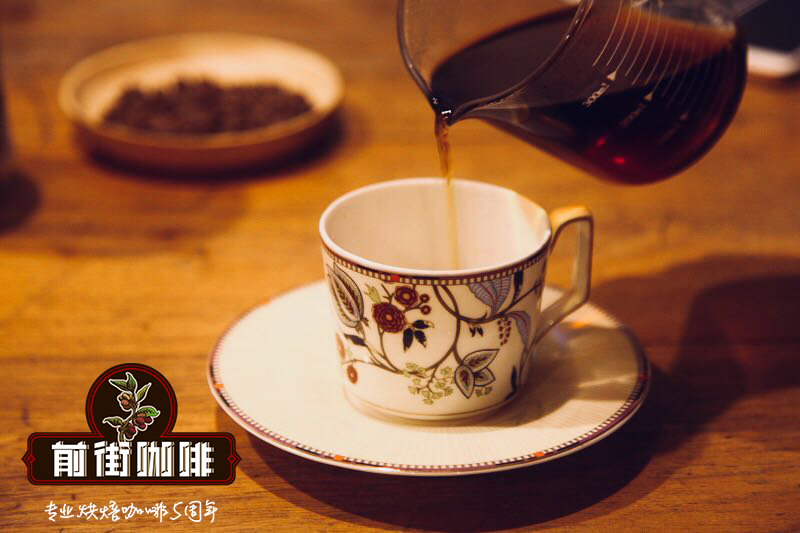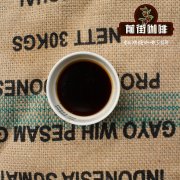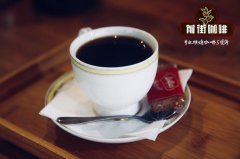What are the differences in the treatment of several common coffee beans, [sun exposure, water washing, honey treatment]?

For information, please follow the coffee workshop (Wechat official account cafe_style)
01. Natural solarization
This is the oldest method of treatment in existence.
This method is still used in places such as Ethiopia and Brazil.
The fruit begins the process of sun drying without treatment after picking.
It can be dried with a mechanical dryer
It can also be laid in the yard, on a drying table, on a tarp or on the ground to dry in the sun.
The drying process usually lasts about 4 weeks.
Natural sunlight can retain the fruity aroma of coffee fruit.
When you taste this kind of coffee, you will find that the coffee has a fruity aroma and a brighter taste.
After drying, people will use special machines to remove the shell of the surface layer.
This process is called drying and shelling (Dry Milling).
02. Washing method
Washing steps:
1. Select beans; 2. Stone separation; 3. Fermentation; 4. Washing; 5. Dry. Dry.
The ripe coffee fruit is picked and quickly transported to the processing console.
This console can be a small shed.
It can also be a larger processing facility.
After preliminary flushing and sorting with running water
The coffee fruit goes into the beater.
The process of separating coffee beans from fruits is carried out here.
And then flow into the fermentor.
A series of enzyme-catalyzed reactions take place in it.
It is then dried in a larger or more advanced large mechanical dryer.
In general, this method highlights the acidity and refreshing quality of coffee.
03. Semi-washing method
This method is extremely common in Brazil.
Select ripe coffee fruit
And spread them in the sun for a few days of partial drying.
Then use a small amount of water to sort and beat them.
To facilitate the beating process.
This is similar to the washing method, but does not take the fermentation step.
Beating removes all fruit layers (peel, pulp, thin skin and silver skin).
But leave clean raw coffee beans.
Then put the coffee beans in the sun or in a mechanical dryer
For complete drying.
Unfortunately, the taste of coffee tends to be flat because it is not fermented.
Therefore, growers will not use semi-washing method for ultra-high quality coffee beans.
Most raw bean purchasing companies also rarely buy coffee beans processed by semi-washing.
Important Notice :
前街咖啡 FrontStreet Coffee has moved to new addredd:
FrontStreet Coffee Address: 315,Donghua East Road,GuangZhou
Tel:020 38364473
- Prev

Beginners practice pulling flowers| Cocoa powder method, shaking water method, repeated method, cheap latte pull flower is not difficult
Professional coffee knowledge exchange More coffee bean information Please pay attention to coffee workshop (Weixin Official Accounts cafe_style) Cocoa powder method On the basis of soy sauce method, sprinkle some cocoa powder on the surface. Some people also use coffee powder or coffee grounds instead of cocoa powder. Benefit: No more worrying about not having grease. Disadvantages: No obvious disadvantages except for some additional costs. Overall score: ★★★ Shake
- Next

What's the difference between washed coffee and semi-washed coffee? The characteristics of coffee semi-washing method and coffee water
Please pay attention to the coffee factory (Wechat official account cafe_style) after the coffee fruit is picked, it will not immediately become the coffee beans we see, need to go through a certain amount of treatment, there are three methods: sun treatment, water washing and semi-washing. Let's talk about washing and semi-washing today. Because of the shortcomings of the sun method, the Dutch invented the water washing method in the mid-18th century.
Related
- What is the meaning of lactic acid fermentation with coffee bean treatment?
- How to judge the state of foam by sound?
- How does the latte pull out the unicorn pattern? Come to get for a little trick to improve the flower pull!
- Will flower pulling affect the taste of the latte?
- Do you know the history of coffee?
- The difference between honey treatment and sun washing what is raisin honey treatment?
- What kind of milk can a novice use to make coffee foam to keep the foam longer? The correct method and skills of milking tutorial sharing
- Why do washed coffee beans taste sour? Flavor characteristics of washed Coffee
- Introduction to the skill of how to practice the size and height of water injection around the circle of hand-brewed coffee
- How do beginners practice coffee flower drawing from scratch?

